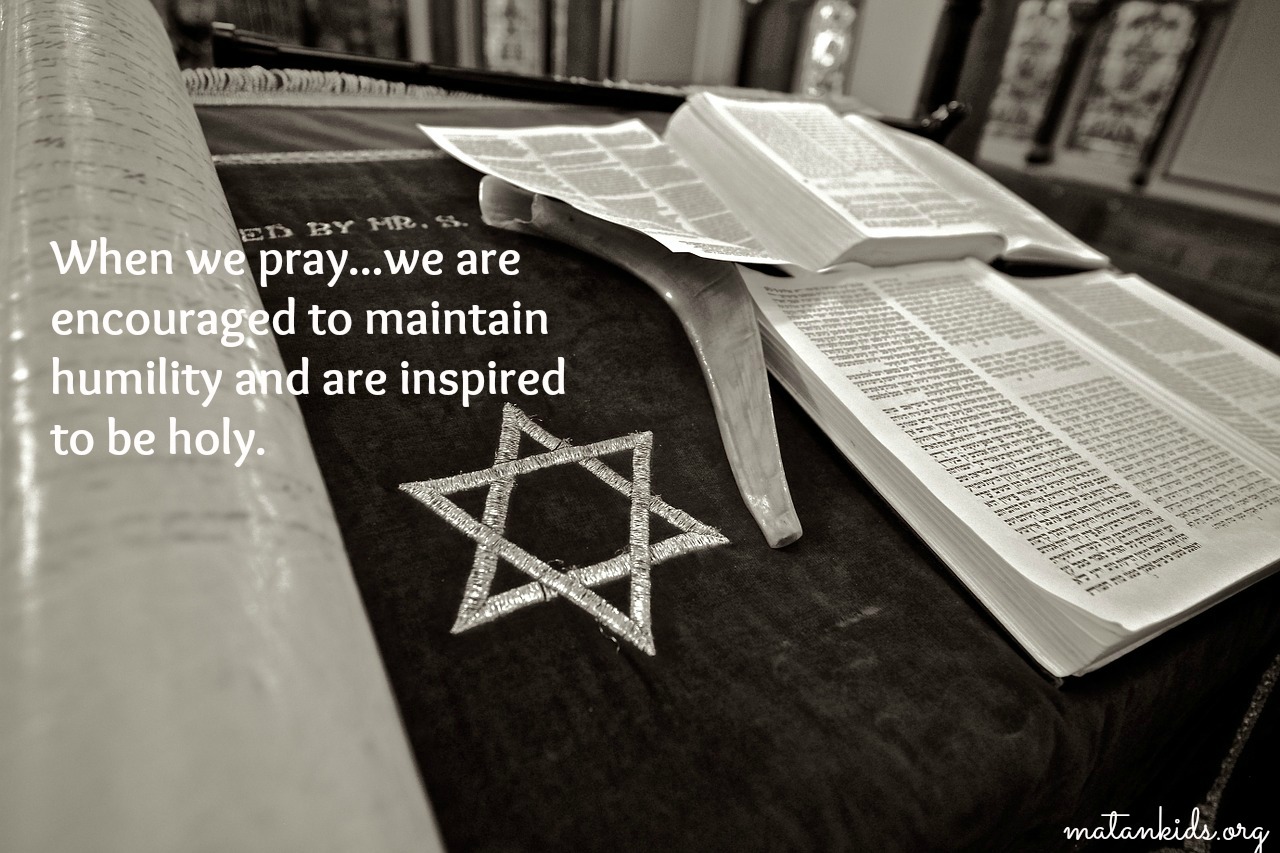In recognition of Jewish Disabilities Awareness Month, Rabbi Jonah Layman is the fourth contributor to our weekly D’var Torah (word of Torah) where guest bloggers will link the week’s Torah portion to the theme of inclusion.
 One of the more poignant memories I have in my years as a rabbi is of one Friday morning at minyan. In those days our congregation was able to sustain a daily morning service and people would commit to attending a particular day of the week. One such “Friday” gentleman had suffered a stroke a few years before which left his left arm immobile. Being right handed, he was still able to drive, but also being a traditional Jew it left him unable to wrap the “tefilin” – the phylacteries that are worn every weekday morning while praying. But this man still wanted to fulfill the “mitzvah” and our Cantor lovingly helped him put them on every Friday morning.
One of the more poignant memories I have in my years as a rabbi is of one Friday morning at minyan. In those days our congregation was able to sustain a daily morning service and people would commit to attending a particular day of the week. One such “Friday” gentleman had suffered a stroke a few years before which left his left arm immobile. Being right handed, he was still able to drive, but also being a traditional Jew it left him unable to wrap the “tefilin” – the phylacteries that are worn every weekday morning while praying. But this man still wanted to fulfill the “mitzvah” and our Cantor lovingly helped him put them on every Friday morning.
This week’s Torah portion teaches us about the tradition of wearing tefilin – in a roundabout way. The portion, in great detail, describes the vestments that are to be worn by the “kohanim” – the priests – when serving in the sanctuary. It also details the unique garments of the high priest including the bejeweled breast plate and the headdress. From the headdress a “tzitz” or frontlet was to be suspended on which was written “kodesh ladonai” – holy to God. The garments already should have made the priests, and the high priest especially, feel holy to God; so why should there be a special sign to be worn as well? According to the Talmud (Zevahim 88b) it is to ensure that the high priest remain humble. The beautiful clothing may have brought on feelings of pride and vanity. The extra frontlet would literally knock some religious sense into him to ensure that he remain focused on the spiritual task at hand.
According to the rabbis this frontlet wasn’t just worn by the high priest in the Temple 2,000 years ago, but it’s also reflected in the phylacteries that all Jews wear today. We are told often by God in the Torah to be a kingdom of priests. All the rituals we perform and the objects designated for use (such as the prayer shawl and phylacteries) are to remind all Jews of our sacred mission. The phylacteries are understood to be the direct substitute for the high priest’s “holy to God” sign. When we thus pray in the morning with tefilin on our arm and head we, too, are encouraged to maintain humility and are inspired to be holy.
All in the community are entitled to feel this way. It’s no longer the select few – the kohanim – who are granted special garments to wear. Everyone today must feel this sense of sanctity. And if one has a disability that makes it difficult to put on the tefilin for him or herself then, like my Cantor, we must go out of our way to help that person do so. Being a kingdom of priests isn’t an individual pursuit – it’s a communal one. All of us need to help one another attain that goal so that together we can be “holy to God”.
Jonah Layman is the rabbi of Shaare Tefila Congregation in Olney, MD and is the Jewish Disability Liaison of the Rabbinical Assembly.

